This piece is part of our series “Transforming in the Mud: Finding Hope and Perseverance During Tough Times.”
As a physical therapist, it is my honor to work with people “in the mud.” I can see their potential, but being in physical pain with functional limitations is wildly exhausting and frustrating for people.
I can see their potential, but being in physical pain with functional limitations is wildly exhausting and frustrating for people. Our hope in sharing the not-so-perfect stories is to create a community where people feel less alone. Please welcome back guest blogger Nova who courageously shares her rehabilitation process with us.
_______________________________________________________________
I felt my heart race, my body clench, and my feet and hands sweat as I shared with a physical therapist my four-and-a-half-year journey with debilitating foot and back pain and the multiple operations and injections to try (albeit, unsuccessfully) to alleviate said pain.
I shared with her that I believed my foot had become a trauma site, extremely sensitive and chronically painful to the touch, rendering me unable to walk without the help of a boot.
I didn’t want to take up too much of her time and I certainly did not want to break down in tears about the extreme physical and mental toll these years have taken, so I spoke as quickly as possible, leaving my body in its rigid state in order to get through the regaling of this difficult subject.
Over the years, I had noticed how my anxious reaction while telling my story had become more intense, but I just chalked it up to the fact that I am a shy person. Talking about myself had never been easy for me.
It wasn’t until yesterday, when sitting on my acupuncturist’s table recounting the increase in pain since my most recent procedure, a cryoablation of a nerve in the ball of my foot, that I realized it wasn’t my foot that was the trauma site, but that the years of unending excruciating pain and invasive procedures had begun to traumatize me. Light bulb activated.
Science tells us that acute pain is our brain’s way of signaling danger. Over time, when this acute pain is not alleviated, it becomes chronic. This chronic pain reinforces those signals of danger to the brain and we begin to live in a state of fight or flight, operating solely from our amygdala–the brain’s fear center.
The amydala’s function is crucial in protecting us in life-threatening situations, but it does not serve us well in our normal daily routines. Our heightened emotional responses become extremely difficult to regulate, closing off easy access to those higher brain functions responsible for regulation.
In most cases, those with chronic pain experience anxiety, depression, sleep disturbances, confusion, fatigue, and mood changes. These heightened emotional responses reinforce the sensation of pain and essentially teach our brain to install a pain-trauma pattern, creating the chronic pain loop. It is no wonder so many of us become imprisoned by the relentlessness of our pain.
So, how in the world do we begin to cope with the debilitating emotional and physical effects of this looping? There is hope.
In Tara Brach’s recent talk, Tara Brach’s recent talk, “True Resilience Part 2: Awakening Through Any Circumstance,” she explores the idea of inviting presence to the most difficult of sensations, be it physical or emotional, asking “How can this pain serve as an awakening of my heart?” Or it can be a prayerful, “May this pain serve as the awakening of my heart.”
At first glance, it may seem counterintuitive to be fully present to something causing us such distress. We spend years pushing our pain away, being fearful of it, closing off to it to try to protect ourselves and others. This closing actually fortifies that pain-trauma looping. What might happen when we sit down with our pain lovingly, without agenda? A softening begins.
This softening serves as a portal to the awakening that Tara speaks of, the beginnings of re-wiring and instillation of a new loving and kind pattern, giving us access to those higher, regulatory functions of our brain. She states that when we sit with our pain, we must keep turning to the possibility that change is possible, that we are not in danger, that we can be free from our pain.
This is not to be confused with what is called “magical thinking” with phrases such as, “You’re ready to heal, so you’ll heal.” or “If you really wanted to feel better, you would by now.” These statements encourage self-blame and shame. They are hurtful and counterproductive to our healing, reinforcing the pain loop.
Tara shares with us that our brain learns in two parts: By having an experience and then saturating and sustaining that experience.
Just as our chronic pain has become learned and installed, it can become unlearned and uninstalled by bathing that very pain in the tender sensations of love and forgiveness. Thirty seconds of this loving practice can lay the foundation for this gentle re-wiring and requires daily repetition. It can take several weeks to install this new pattern.
After this work, we may still experience sensations of pain; however, this re-wiring offers us safe refuge in our new, loving coping strategy, and helps to protect us from the imprisonment of pain, rendering our experience of pain less powerful and traumatizing, thus making this transformation from suffering to freedom possible. It is a courageous and determined endeavor to sit down with pain and lovingly invite it in.
Laying on the acupuncture table yesterday during my treatment, I did something for a foot that had only ever felt my frustration, disappointment, fear, and shame: to my foot I tenderly repeated, “I love you.”
In offering this grace, tears filled my eyes. My mind and body softened instantly, bringing soothing waves of warmth, compassion, comfort, and forgiveness. A new belief in the possibility that I can one day be free from pain blossomed within this tenderness. This is a pattern certainly worthy of reinforcement.
Tara leaves us with prose from mindfulness poet, Danna Faulds, the last line resonating brightly: “Dare to be your own illumination.”
Dare we shall.
With Peace, Love, and Healing,
Nova
Walking on rocks photo by Jordan Whitt on Unsplash

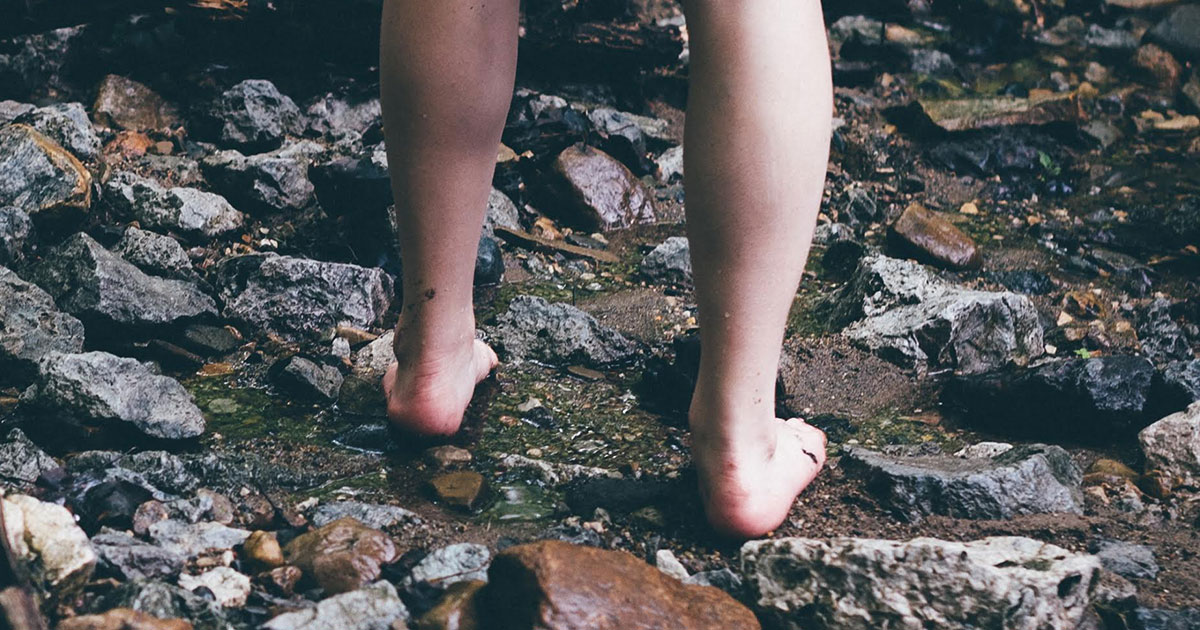
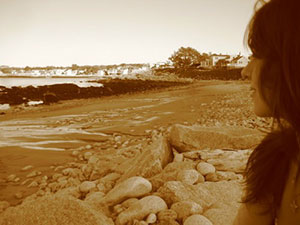
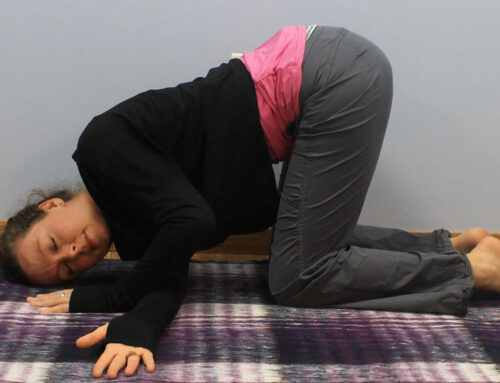

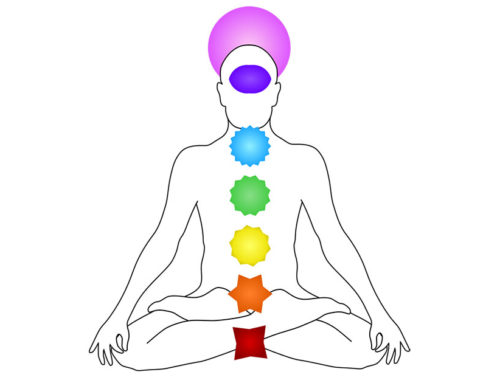

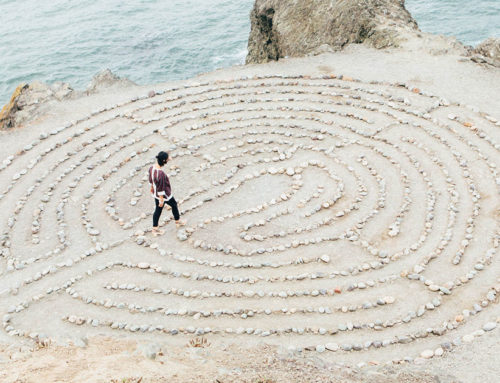
Leave A Comment